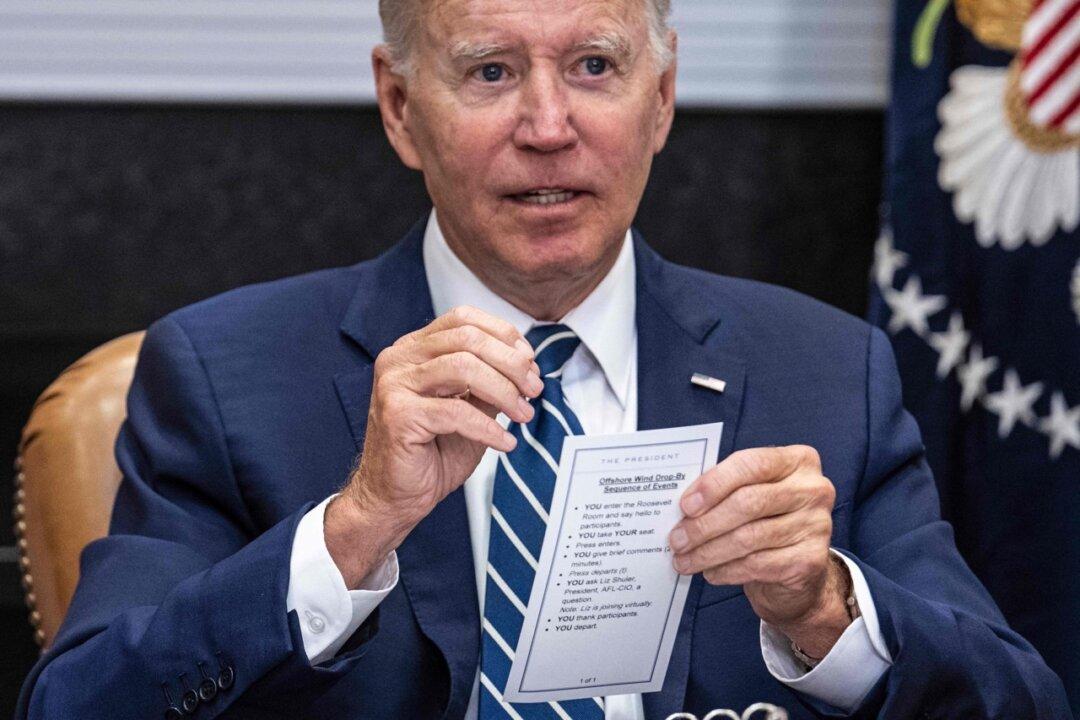Commentary
Market sentiment changes by the day and hour. But as I write, financial markets are starting to look just a bit better. The reason is embarrassing for believers in sound money.

Market sentiment changes by the day and hour. But as I write, financial markets are starting to look just a bit better. The reason is embarrassing for believers in sound money.